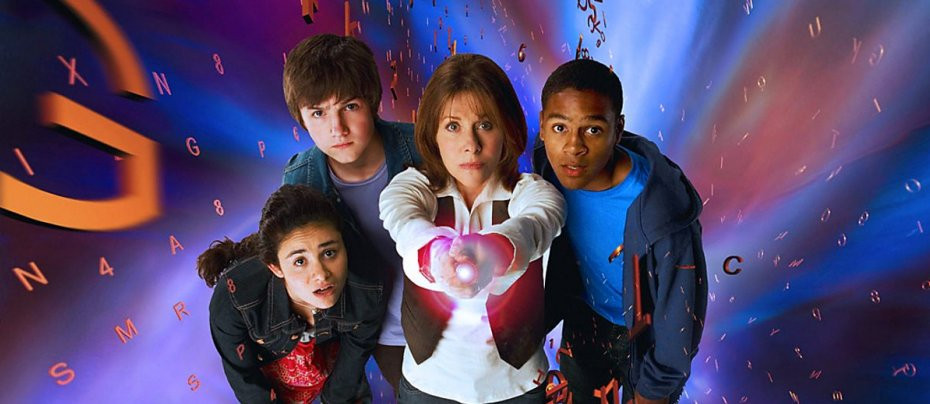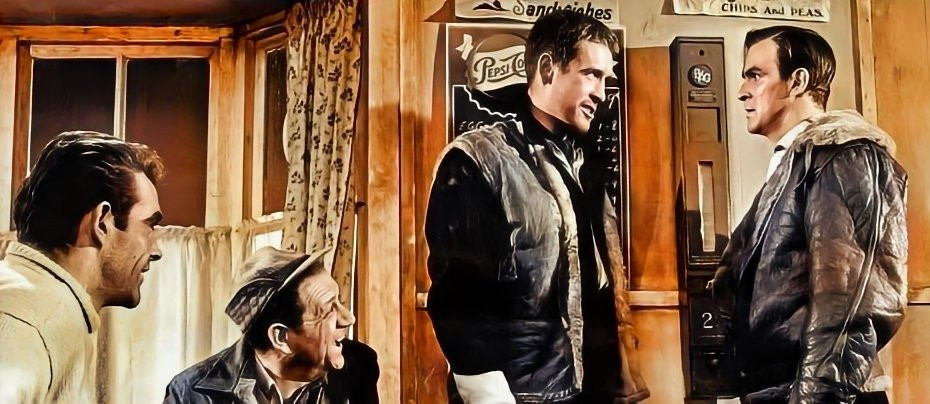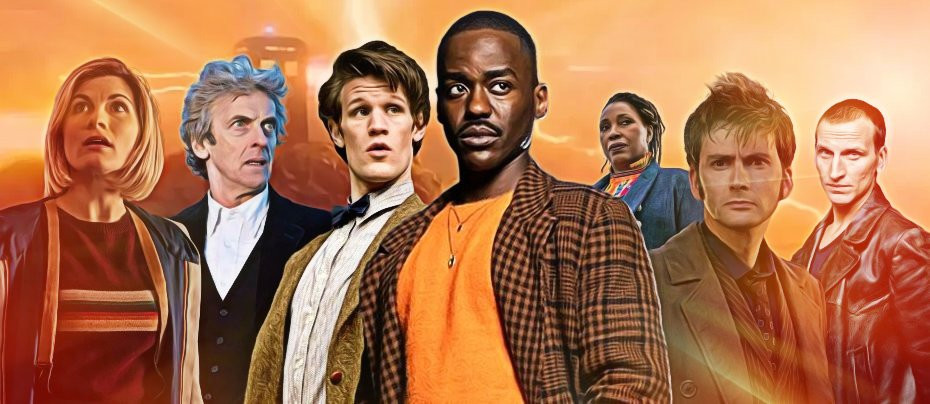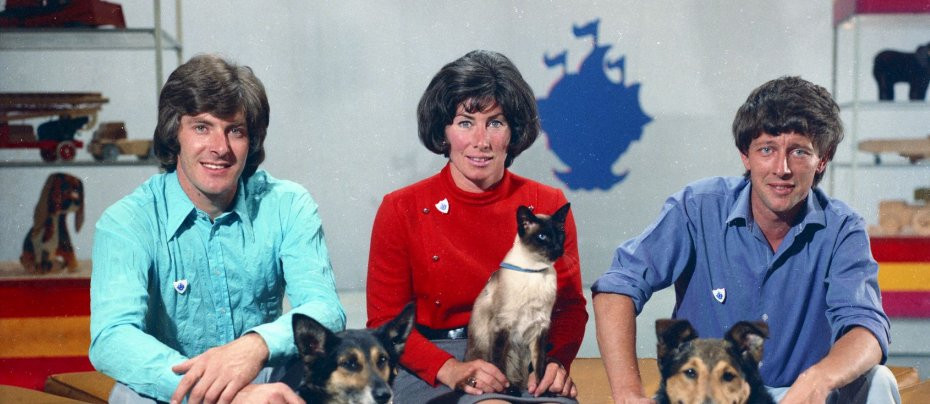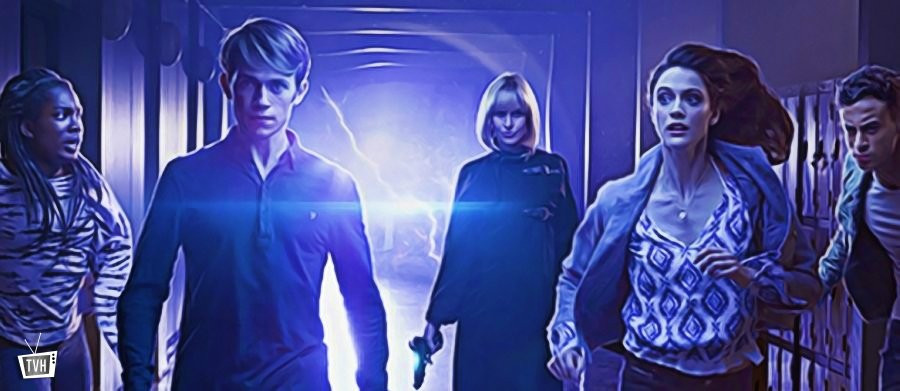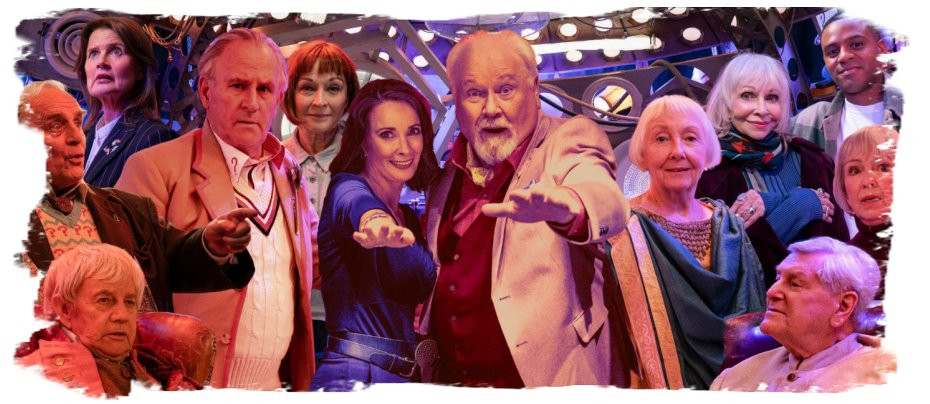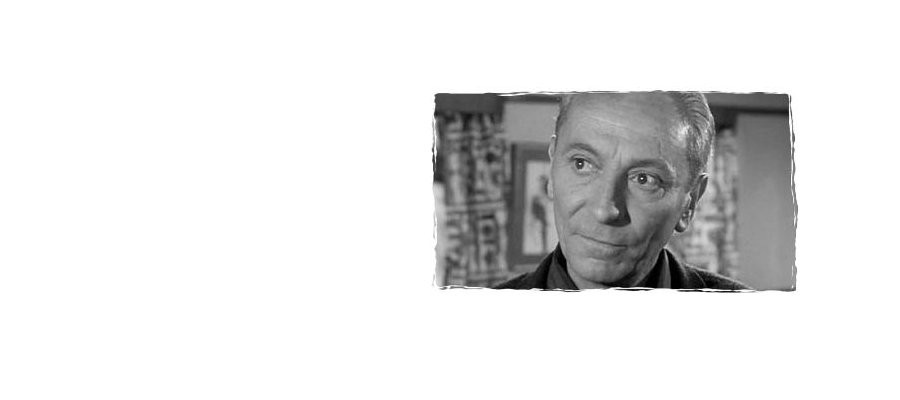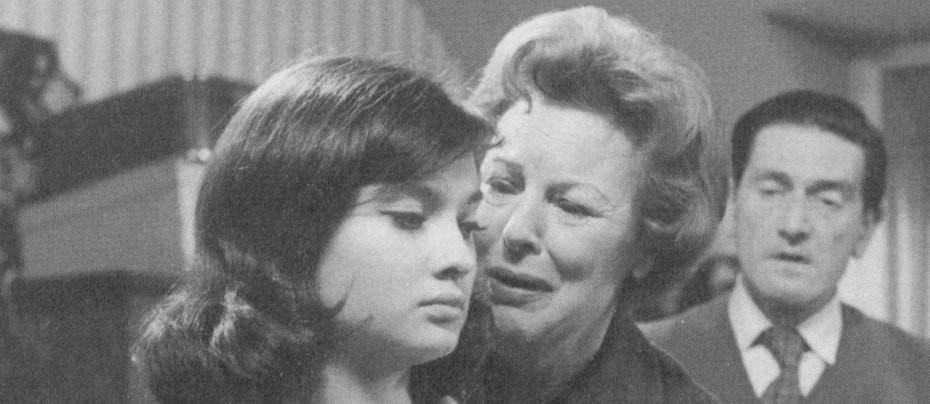Galaxy 4
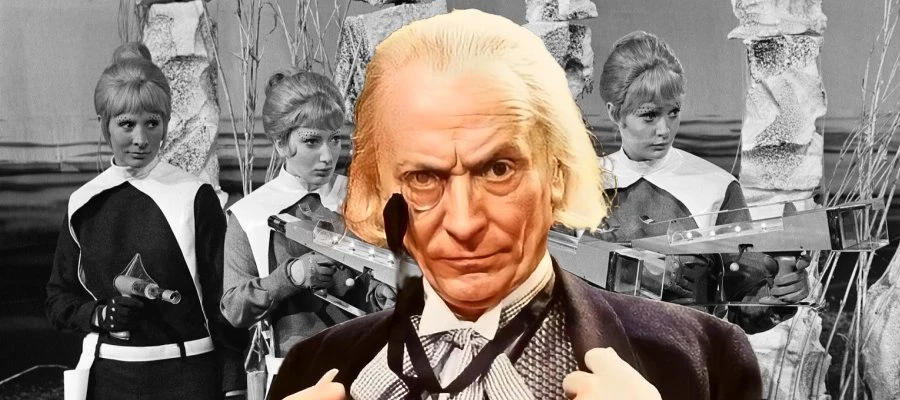
Doctor Who’s third season began with Galaxy 4, a story that’s real meat-and-potatoes science fiction. It was the only script for the series by William Emms, an Australian former schoolteacher who had recently made the transition into screenwriting and sent an unsolicited submission to the BBC. Emms was an early fan of the programme, having watched it avidly from the beginning, and he peppered his scripts with little references back to previous episodes. A few of these survive in the recorded version, and this sort of thing will only get more frequent from here on out. Exactly how good Emms’s original script was we don’t know; extensive rewrites by script editor Donald Tosh were required to accommodate the changes in the series’ cast.
Behind the scenes, the programme was in some turmoil. Verity Lambert, Doctor Who’s original producer, was moving on, with the closing stories of the season two production block to be her last work on the programme. Much of Galaxy 4 was left to incoming producer John Wiles to oversee, while Lambert focused on the one-episode oddity Mission to the Unknown. In the event, both stories were kept over for season three. Experienced director Mervyn Pinfield was taken ill early into filming, leaving television altogether as his health deteriorated. Former actor Derek Martinus, who had just completed a directing course, was given both Galaxy 4 and Mission to the Unknown as his first ever job as director. Unlike Emms, he’d barely even seen the programme, and wasn’t impressed by what he seen. While he would continue to work on Doctor Who sporadically up until 1969 and became well regarded, there’s little to go on when judging his first work on the series, as both stories were wiped from the archives early on.
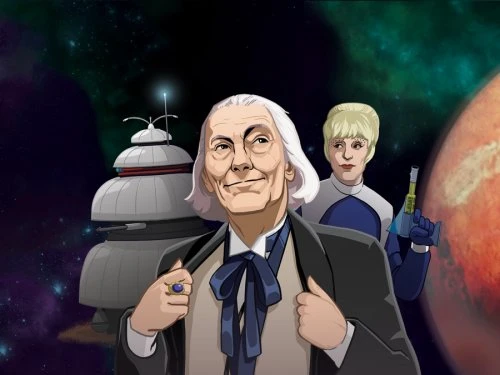
Season three of Doctor Who was particularly badly hit by the BBC’s junkings; only the fourth season came off worse. Galaxy 4 is missing three of its four episodes; a copy of episode three was recovered in 2011. It was used, along with some other chunks of surviving footage, to create a truncated version of the story that was included on The Aztecs Special Edition DVD, for some reason. The only ways to experience the story in its entirety are by listening to its narrated soundtrack or to watch the full colour animated reconstruction. This, and the intact third episode, are available to watch on iPlayer. Galaxy 4 is more watchable now than it was for decades but still begins a period of Doctor Who that is very hard to get a true impression of.
Galaxy 4 is a straightforward, rather vanilla Doctor Who adventure. The TARDIS arrives on a nameless, arid planet accompanied by three suns, and the travellers are quickly met by some rather cute trundling robots that Vicki decides to call “Chumblies.” Well, they are a bit chumbly, really. They’re less chatty than the usual robots on the programme, tweeting and bleeping as they go about their business. They then encounter the Drahvins, platinum blonde warrior women who are out to capture and destroy the robots, who are the servants of an evil race called the Rills. The Drahvins capture the Doctor, Vicki and Steven and take them back to their rather rundown ship.
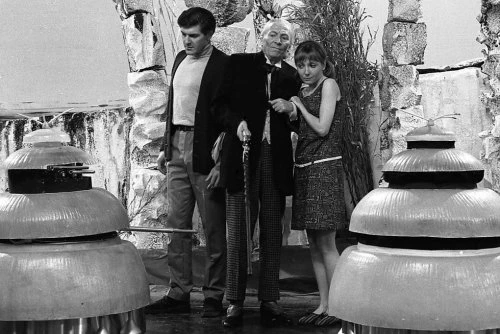
The Drahvins are perhaps the most sixties alien race to appear on Doctor Who, with platform boots and beehive hairdos. That’s assuming they are aliens; they refer to themselves as human beings at one point, and look perfectly human except for their dotty eyebrows. Given that there’s absolutely no clue when this story is set, they could very well be descendants of the human race. They’re a fairly nondescript bunch for the most part; virtually free of personality and speaking in monotonous tones. Only their leader, Maaga, has any personality. Played by Stephanie Bidmead (Little Women, Jane Eyre), Maaga is a ruthless, vicious sort who has no compunction in killing for her own ends. Still, she does draw some sympathy as she bemoans her fate, stuck on a fruitless mission with only a group of near-mindless drones for company.
The Drahvins from Galaxy 4 are a completely regimented society, we learn, with soldiers of limited intellect being bred in laboratories (not necessarily clones, judging by what we see). They’re also almost entirely female, keeping a few males back on their home planet (“as many as we need”). Their planet is dying and so they have sent out expeditions to find a new world to colonise; unfortunately, they crashed on this planet and can’t leave. This is a bit of a dilemma, as the planet is going to explode in a few hours.
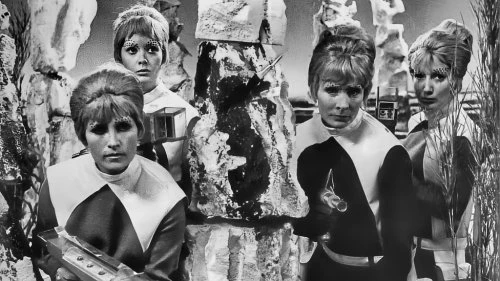
Maaga claims the Rills shot down their ship, but they were able to get a retaliatory shot in themselves, leaving both ships stuck on the planet. Maaga intends to take the Rill ship, which is reparable and far more advanced than her own. The Doctor is pretty suspicious of her claims, especially her insistence that the monstrous Rills killed one of her troops. We learn later that she actually killed the soldier herself as a false flag, although why she bothered when the troops guilelessly obey her is anyone’s guess.
The Doctor and Vicki go to investigate the Rill ship. The Rills are one of the great forgotten monsters of Doctor Who. Before the recovery of the third episode there were only a couple of scratchy photographs as evidence of what they looked like, and even with that episode restored we only get a few glimpses of them. They keep themselves hidden away for both practical reasons (they need ammonia to breathe and oxygen is toxic to them) and thoughtful ones (they fear that humanoid beings will find them hideous). They are a strange looking bunch; stout, walrus-like creatures with googly eyes and tusks. The Rills are mute telepaths, but use a translation machine to speak to the travellers, with Robert Cartland (Dead Trouble) providing their sonorous voice.
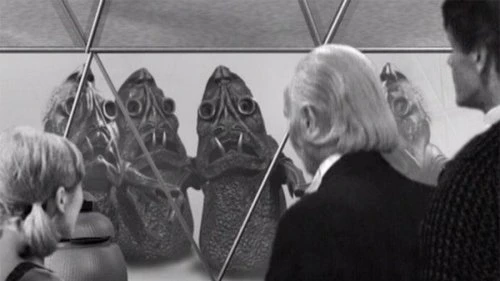
It's no great surprise that the Rills turn out to be intelligent and peaceful, with the Drahvins revealed as the ones who attacked first. The story is basically an inversion of The Daleks, with the horrible monsters as the good guys and the pretty blonde Aryans as the militaristic killers. It’s a nice twist, and one that Doctor Who needed to do at this stage, even if it wasn’t exactly original even in 1965. It’s easy to see where the story’s going now, especially as Maaga is clearly such a wrong’un, but it’s still an idea that needed doing in Doctor Who, which often equates otherness with monstrousness and villainy, especially in its earlier stories. Had the Drahvins been kept as all male, rather than made all female (at the suggestion of Verity Lambert), they would be even more obviously a reflection of the Thals, the Daleks’ beautiful and noble foes. They’d also be a lot less interesting, hardly standing out among the many interchangeable crews of space thugs over the course of the series.
The three regulars are on good form, although all three reportedly had complaints about the script, which they felt had them act out of character for their roles. Peter Purves was most affected by this, with most of Steven’s lines originally belonging to Barbara. Steven is a bit ineffectual here, not quite the macho space hero he’d been characterised as so far, but to be honest, the late script changes aren’t apparent unless you already know. As for the Doctor and Vicki, they were in the story from the outset, and they’re really no different to their usual selves. There’s one very odd decision by the Doctor, who elects to sabotage the Rills’ ammonia generator on the basis that it will “inconvenience” them and force them to talk, rather than the far more likely and accurate result of killing them. This is hardly the only bizarre move the First Doctor makes in his time, though, and Vicki stops him before he does any real harm.
Galaxy 4 is unlikely to top any fan’s list of favourite Doctor Who stories, but it’s a solid enough adventure that delivers a strong message while giving us a hissable baddie. The Drahvins could easily be brought back as a cheap but fun villain race; a squad of blonde dolly birds with ray guns certainly wouldn’t be too camp for the modern iteration of the show. Galaxy 4 ends on an unusual note, leading directly into Mission to the Unknown, even though the main cast don’t appear in that episode at all…


